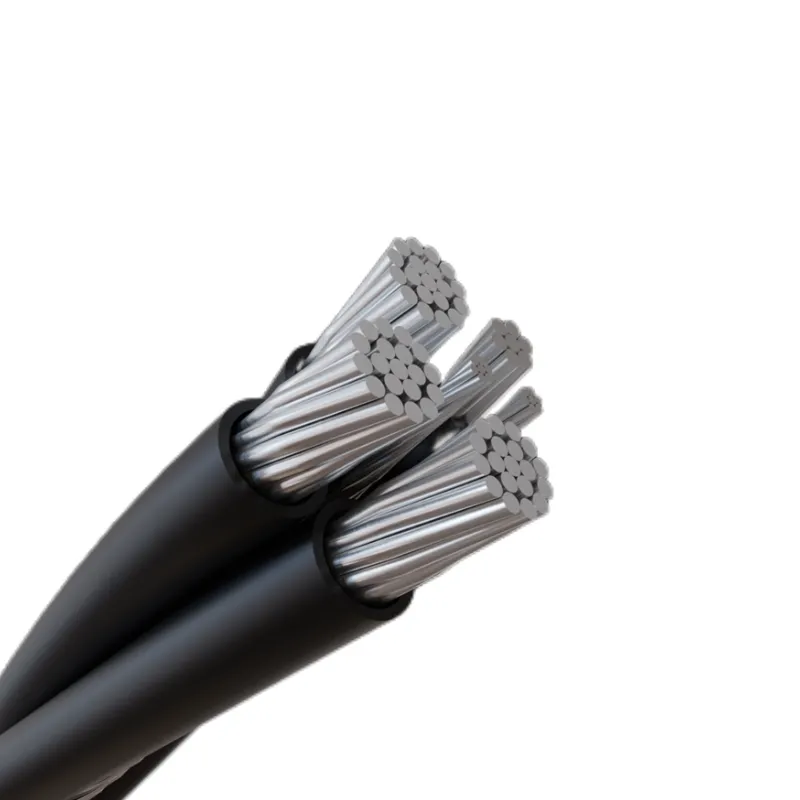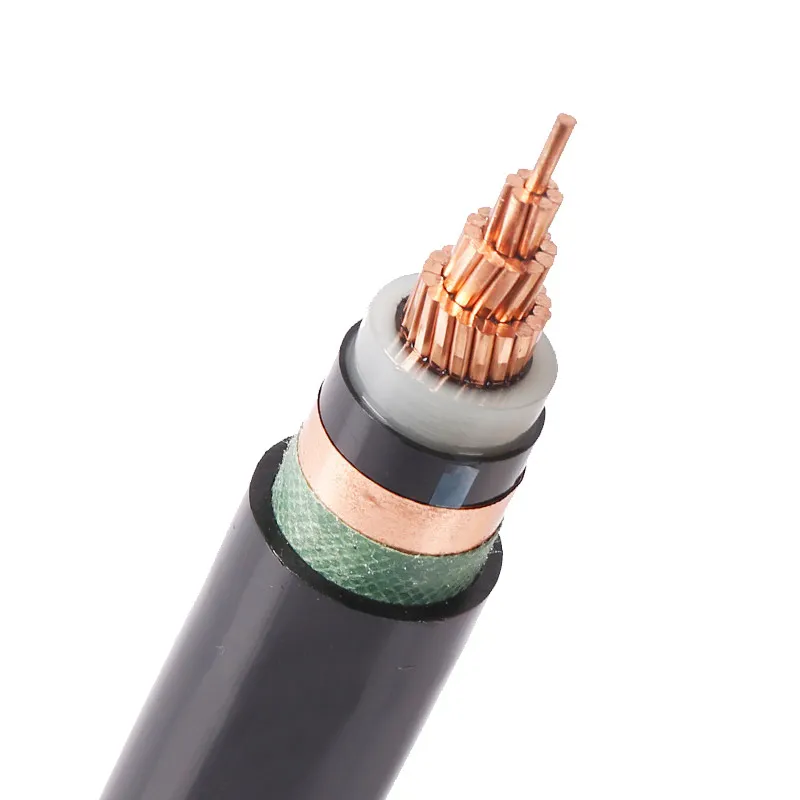Comprehensive Comparison: Copper (CU) vs. Aluminum (AL) Cables
Time: 2025-05-07 01:08:16
Source: Henan Province Jianyun Cable Co., Ltd.
Introduction
In electrical installations, selecting the appropriate conductor material is crucial for ensuring safety, efficiency, and cost-effectiveness. The two most commonly used conductor materials are:
-
Copper (CU): Known for its excellent electrical conductivity and mechanical strength.
-
Aluminum (AL): Valued for its lightweight and cost-effectiveness.
Understanding the differences between these two materials is essential for making informed decisions in various electrical applications.
Electrical Properties
Copper (CU)
-
Conductivity: Copper has a high electrical conductivity of approximately 5.96 × 107 S/m, making it the standard for electrical conductors.
-
Resistance: Lower electrical resistance leads to reduced energy losses and better performance over long distances.
-
Thermal Expansion: Copper has a lower coefficient of thermal expansion, resulting in more stable connections under varying temperatures.
Aluminum (AL)
-
Conductivity: Aluminum's conductivity is about 61% that of copper, necessitating larger cross-sectional areas to carry the same current.
-
Resistance: Higher resistance can lead to increased energy losses and potential overheating if not properly managed.
-
Thermal Expansion: Aluminum expands more with temperature changes, which can loosen connections over time if not properly installed.
-

Mechanical Characteristics
Copper (CU)
-
Strength: Higher tensile strength makes copper more durable and less prone to breakage.
-
Flexibility: More flexible, facilitating easier installation, especially in tight spaces.
-
Corrosion Resistance: Excellent resistance to corrosion, ensuring longevity.
Aluminum (AL)
-
Strength: Lower tensile strength, making it more susceptible to damage during installation.
-
Flexibility: Less flexible, which can complicate installation in certain scenarios.
-
Corrosion Resistance: Prone to oxidation, which can affect conductivity; requires antioxidant compounds at connections.
Cost and Weight
Copper (CU)
-
Cost: Significantly more expensive due to material costs.
-
Weight: Heavier, which can increase structural support requirements and transportation costs.
Aluminum (AL)
-
Cost: More cost-effective, making it attractive for large-scale projects.
-
Weight: Approximately one-third the weight of copper, reducing structural and transportation burdens.
Applications
Copper (CU)
-
Residential wiring
-
High-performance industrial applications
-
Situations requiring high reliability and minimal maintenance
Aluminum (AL)
-
Utility and power distribution
-
Overhead transmission lines
-
Large-scale industrial projects where weight and cost are critical factors
Technical Comparison Table
|
Feature
|
Copper (CU)
|
Aluminum (AL)
|
|
Electrical Conductivity
|
High (5.96 × 107 S/m)
|
Moderate (3.5 × 107 S/m)
|
|
Tensile Strength
|
High
|
Lower
|
|
Flexibility
|
More flexible
|
Less flexible
|
|
Corrosion Resistance
|
Excellent
|
Requires protective measures
|
|
Cost
|
Higher
|
Lower
|
|
Weight
|
Heavier
|
Lighter
|
|
Typical Applications
|
Residential, high-reliability installations
|
Power distribution, large-scale industrial
|
Conclusion
Selecting between copper and aluminum cables hinges on specific project requirements:
-
Choose Copper (CU) when:
-
High conductivity and reliability are paramount.
-
Space constraints demand smaller conductor sizes.
-
Long-term durability with minimal maintenance is desired.
-
Choose Aluminum (AL) when:
-
Budget constraints are significant.
-
Weight reduction is essential, such as in overhead lines.
-
Large-scale installations where cost-effectiveness is prioritized.
Proper installation and maintenance are crucial for both types to ensure safety and performance.

